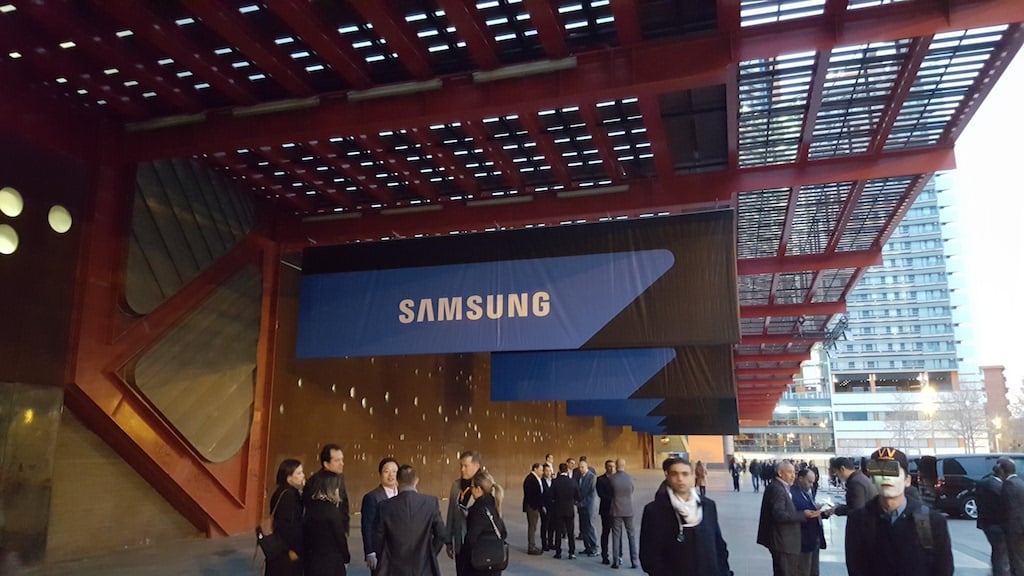It's never an ideal scenario when a high-end product that you've just released runs into problems and before you know it, there's a negative connotation attached to the product that was supposed to earn you billions of dollars.
That's precisely what happened with Samsung last year when a battery fault caused many Galaxy Note 7 handsets to spontaneously catch fire. Samsung discontinued the flagship device but it had to sustain significant damage to its brand reputation as well.
Samsung's chief marketing officer in the United States Marc Mathieu explained that the company was then forced to change its marketing strategy to focus on trust and rebuilding its relationship with consumers.
Speaking at a session at the Cannes Lions Festival, Mathieu said that the Galaxy Note 7 fiasco was a disaster that he “wouldn't wish it on any marketer.”
“We were getting free [negative] advertising anytime people would board a plane – we didn’t need that,” he added, referring to a blanket ban placed by airlines across the globe to stop people from bringing a Galaxy Note 7 inside the cabin.
Samsung has since created a group of “hand raisers,” a group of consumers that like the company and care to help it evolve its strategy. The company decided to “humanize” the brand more following the Galaxy Note 7 fiasco last year. It's focusing less on the product and its features and more on brand trust.
The idea is to speak to people about the quality and the quality process behind the company's products. It's also more focused on customer care now and has also worked on rebuilding its emotional relationship with people.
One recent example of these efforts is the Ostrich TVC that delivers this message home by focusing on “making products that in theory couldn’t be made so that people could do things that couldn’t be done.”
An audience member asked Mathieu if Samsung is taking enough risks as a brand. He replied that the company “fundamentally rethinks the marketing playbook all the time” and actively pushes to be the disruptor in the market and not the company being disrupted.

